The BEST episodes directed by Cassian Harrison
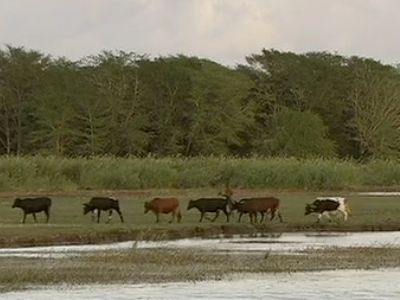
#1 - Into the Tropics
Guns, Germs, and Steel - Season 1 - Episode 3
So far, Jared Diamond has demonstrated how geography favored one group of people – Europeans – endowing them with agents of conquest ahead of their rivals around the world. Guns, germs and steel allowed Europeans to colonize vast tracts of the globe – but what happened when this all-conquering package arrived in Africa, the birthplace of humanity?
Watch Now:Amazon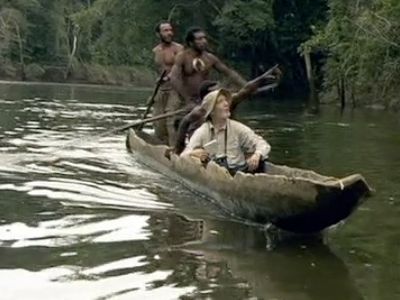
#2 - Out of Eden
Guns, Germs, and Steel - Season 1 - Episode 1
Jared Diamond’s journey of discovery began on the island of Papua New Guinea. There, in 1974, a local named Yali asked Diamond a deceptively simple question: “Why is it that you white people developed so much cargo, but we black people had little cargo of our own?”
Watch Now:Amazon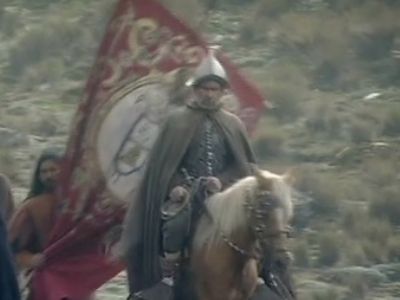
#3 - Conquest
Guns, Germs, and Steel - Season 1 - Episode 2
On November 15th 1532, 168 Spanish conquistadors arrive in the holy city of Cajamarca, at the heart of the Inca Empire, in Peru. They are exhausted, outnumbered and terrified – ahead of them are camped 80,000 Inca troops and the entourage of the Emperor himself. Yet, within just 24 hours, more than 7,000 Inca warriors lie slaughtered; the Emperor languishes in chains; and the victorious Europeans begin a reign of colonial terror which will sweep through the entire American continent.
Watch Now:Amazon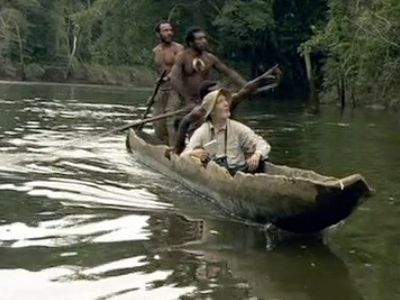
#4 - Guns, Germs and Steel: Out of Eden
PBS Specials - Season 2005 - Episode 12
Jared Diamond’s journey of discovery began on the island of Papua New Guinea. There, in 1974, a local named Yali asked Diamond a deceptively simple question: “Why is it that you white people developed so much cargo, but we black people had little cargo of our own?” Diamond realized that Yali’s question penetrated the heart of a great mystery of human history -- the roots of global inequality. Why were Europeans the ones with all the cargo? Why had they taken over so much of the world, instead of the native people of New Guinea? How did Europeans end up with what Diamond terms the agents of conquest: guns, germs and steel? It was these agents of conquest that allowed 168 Spanish conquistadors to defeat an Imperial Inca army of 80,000 in 1532, and set a pattern of European conquest which would continue right up to the present day. Diamond knew that the answer had little to do with ingenuity or individual skill. From his own experience in the jungles of New Guinea, he had observed that native hunter-gatherers were just as intelligent as people of European descent -- and far more resourceful. Their lives were tough, and it seemed a terrible paradox of history that these extraordinary people should be the conquered, and not the conquerors. To examine the reasons for European success, Jared realized he had to peel back the layers of history and begin his search at a time of equality – a time when all the peoples of the world lived in exactly the same way. Time of Equality At the end of the last Ice Age, around thirteen thousand years ago, people on all continents followed a so-called Stone Age way of life – they survived by hunting and gathering the available wild animals and plants. When resources were plentiful, this was a productive way of life. But in times of scarcity, hunting and gathering was a precarious mode of survival. Populations remained relatively small, and the simple task of finding food occupied every waking momen
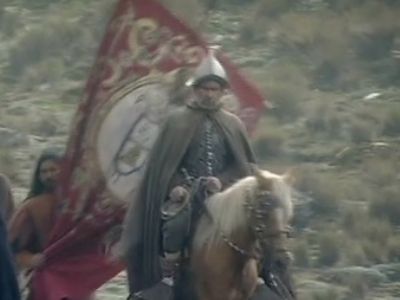
#5 - Guns, Germs and Steel: Conquest
PBS Specials - Season 2005 - Episode 13
On November 15th 1532, 168 Spanish conquistadors arrive in the holy city of Cajamarca, at the heart of the Inca Empire, in Peru. They are exhausted, outnumbered and terrified – ahead of them are camped 80,000 Inca troops and the entourage of the Emperor himself. Yet, within just 24 hours, more than 7,000 Inca warriors lie slaughtered; the Emperor languishes in chains; and the victorious Europeans begin a reign of colonial terror which will sweep through the entire American continent. Why was the balance of power so unequal between the Old World, and the New? Can Jared Diamond explain how America fell to guns, germs and steel? Two Empires Pizarro, leader of the Spanish conquistadors Spaniard Francisco Pizarro has gone down in history as the man who conquered the Inca. Leading a small company of mercenaries and adventurers, this former swineherd from a provincial town in Spain managed to demolish one of the most sophisticated Empires the world has ever seen. From Pizarro's home town of Trujillo, Jared Diamond pieces together the story of the Spaniards' victory over the Inca, tracing the invisible hand of geography. On the surface, the Spaniards had discovered a foreign empire remarkably similar to their own. The Inca had built an advanced, politically sophisticated, civilization on the foundations of successful agriculture. They had ruthlessly conquered their neighbors in South America, and by 1532 governed a vast territory, the length and breadth of the Andes. But as Jared discovers, the Inca lacked some critical agents of conquest. Horses vs Llamas Eurasia boasted 13 of the 14 domesticable mammals in the world as native species. Among these was the horse. As Diamond learns, the horse was fundamental to the farming success of Eurasian societies, providing not only food and fertilizer but also, crucially, load-bearing power and transport – transforming the productivity of the land. The only non-Eurasian domest
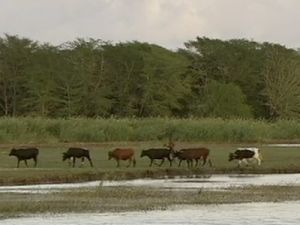
#6 - Guns, Germs and Steel: Into the Tropics
PBS Specials - Season 2005 - Episode 14
So far, Jared Diamond has demonstrated how geography favoured one group of people – Europeans – endowing them with agents of conquest ahead of their rivals around the world. Guns, germs and steel allowed Europeans to colonize vast tracts of the globe – but what happened when this all-conquering package arrived in Africa, the birthplace of humanity? Can Jared Diamond's theories explain how a continent so rich in natural resources, could have ended up the poorest continent on earth? Guns Germs and Steel triumph again...? Jared's journey begins on a steam train in Cape Town, designed to carry civilization to the heart of the so-called 'dark continent'. In the Cape, Jared discovers a landscape and way of life that feels very European – farms growing cattle, wheat, grapes and barley; settler communities dating back over three hundred years. He realizes that the first European settlers in southern Africa were dealt a very lucky hand by geography – they landed in one of the few temperate zones of the southern hemisphere – a climate to which their crops an animals were ideally suited. These foundations of their historical success worked for them even 6,000 miles from home and they were able to sweep aside the indigenous hunting communities with ease – assisted by the impact of European germs. But these settlers were not ones to stand still. A mass migration known as the Great Trek took thousands of Dutch settlers north and east – into unknown territory – and, as they found to their cost, into Zulu land. The Zulus had built a sophisticated African state based on military conquest – and now they resisted European invasion. But eventually, overcoming the limitations of their weapons and inheriting new, automatic weapons form industrialized Europe, the settlers triumphed over their rival African tribes - at the cost of thousands of lives. Jared observes that the story of Guns, Germs and Steel seems to be unfolding all over again. But